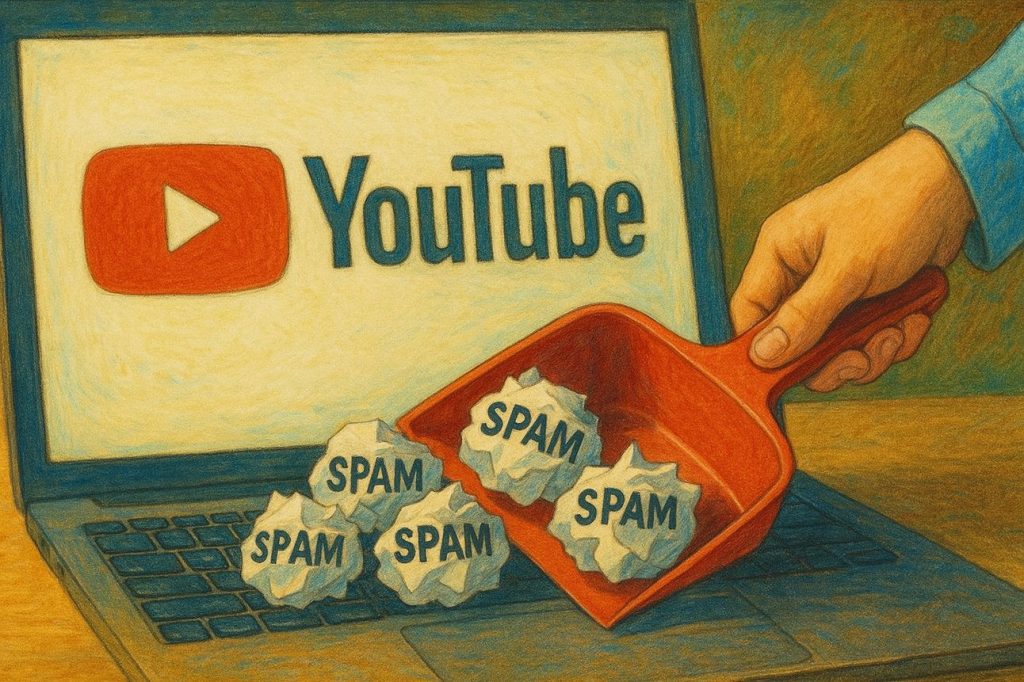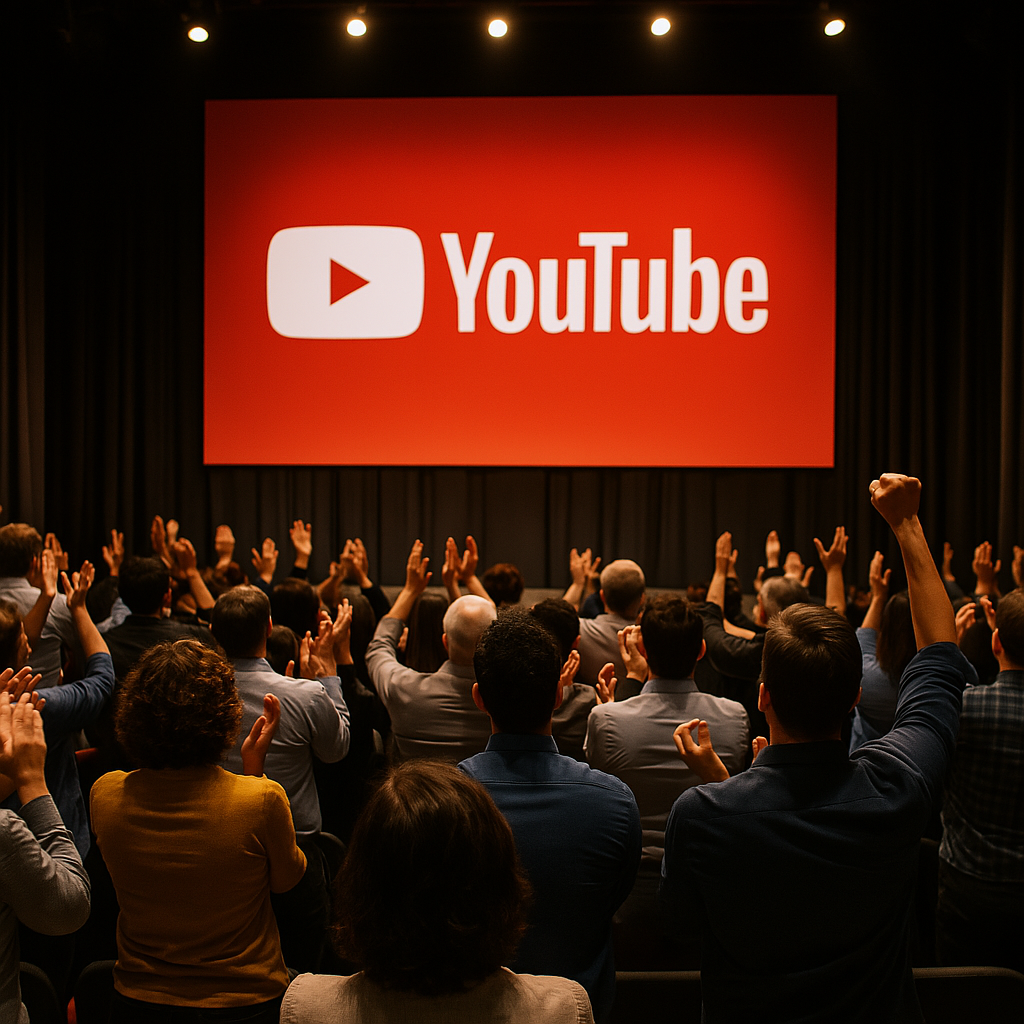YouTube Declares War on “AI Slop”: On July 15, 2025, YouTube is rolling out a major update to its Partner Program policy—one that could reshape how creators use AI. While some call it a cleanup, others see it as a defining moment in the battle for digital originality.

🔥 The Update: Cutting Through the Slop
YouTube has officially targeted “AI slop”—content that’s algorithmically generated with minimal effort or originality. This includes:
- Slideshow videos with synthetic voiceovers
- Looped AI music or ambient tracks
- Repetitive clip compilations
- Synthetic news reports that mimic real broadcasters
Creators relying on AI to churn out high-volume, low-effort content will find themselves demonetized under this new guidance. And it’s not a niche change—it’s a redefinition of what YouTube values in the age of generative media.
“YouTube’s not just tweaking guidelines. It’s drawing a line between real creative work and algorithmic junk.” –Nextool AI newsletter
⚠️ What’s Not Affected?
YouTube emphasizes that reaction videos, commentary, and meaningful edits using AI tools are safe—as long as the content reflects clear human involvement. It’s not banning AI altogether; it’s banning lazy use of it.
Creators must now disclose synthetic media—including AI-generated scripts, faces, and voices. Using cloned voices or likenesses of public figures? That requires explicit consent, or the video may be removed entirely.

📣 Public Reaction: Support, Scrutiny, and Strategy
The community is split:
- 🎨 Creators applauding the move say it protects originality and quality from being drowned out by spammy uploads.
- 🤖 AI power users argue it stigmatizes innovation and could hurt educational content.
- 🧠 Advertisers, meanwhile, are relieved—concerned about brand safety and misinformation tied to synthetic media.
For some, it’s a wake-up call. For others, it’s the start of a new creative arms race where AI needs to be blended with humanity—not replace it.
If you’re building content with AI, this is a wake-up call to focus on originality and transparency. Sources below:
🌐 Other Platforms Enter the Chat
YouTube isn’t alone. Other platforms are quietly—but decisively—building guardrails around AI content:
| Platform | AI Content Policy Updates | Source |
|---|---|---|
| Meta (Facebook, Instagram, Threads) | Content with synthetic elements is automatically labeled “Made with AI,” especially for political or social posts. | Meta Newsroom |
| TikTok | Auto-labeling AI visuals; voice detection coming soon. Proactive protection against deepfakes. | TikTok Newsroom |
| Google (via YouTube & C2PA) | Joined the Coalition for Content Provenance and Authenticity (C2PA) to trace and tag synthetic media. | C2PA |
| X (Twitter) | No major updates since 2023. Relies on earlier synthetic media policy focused on elections. | Platform Docs |

🥜 The Final Nut: What This Means for Creators
This isn’t just a YouTube problem—it’s a content evolution moment. Platforms are converging on one message: AI should empower creativity, not overwhelm it.
For creators, that means:
- 💡 Embrace AI as a creative partner, not a factory.
- 🧾 Always disclose synthetic elements to stay compliant.
- 📊 Focus on value, storytelling, and human context.
- 🚀 Experiment with hybrid formats that blend originality and automation.
YouTube’s move is a sign of things to come. As platforms refine their stance, creators who lead with authenticity, clarity, and creative intent will be the ones who rise above the slop—and set new standards for what AI-powered art can be.
Please feel free to leave comments and concerns below or Contact Us if you have any questions.
- The $6B Fusion Pivot: The Trump Media–TAE Merger (and the Internet Rumors It Accidentally Ignited)
- DOE’s Genesis Mission: The Federal AI Grid Behind the Collaboration Hype
- Stanford’s AI Experts Predict 2026: From Evangelism to Evaluation
- “Trump’s U.S. Tech Force-Innovation or Bureaucracy in Disguise?”
- Drone Swarms, AI, and the March Toward Automated Control: A Warning for Humanity


Leave a Reply